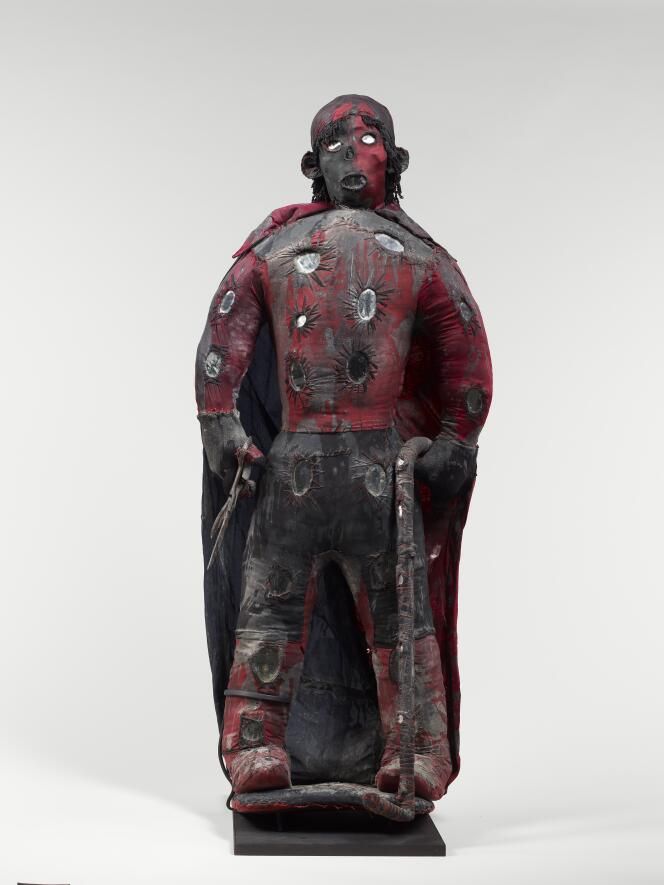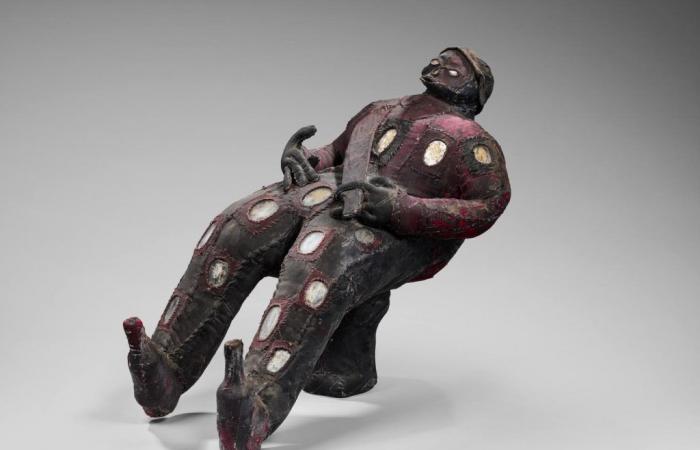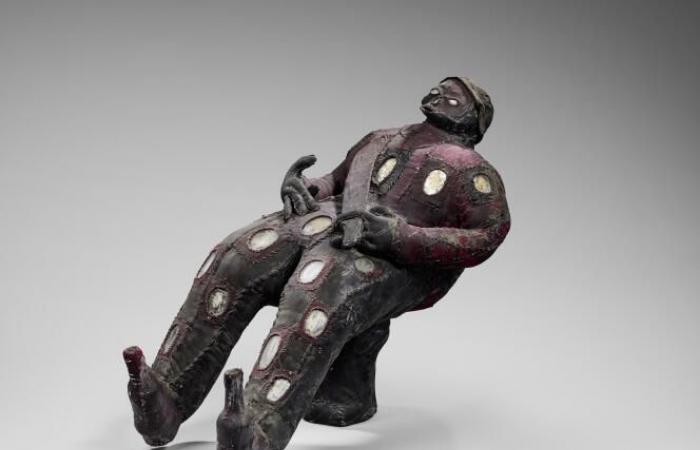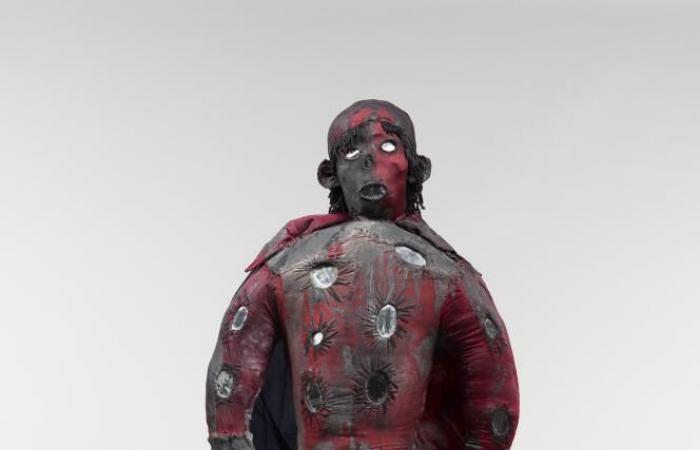In 2018, the Musée du quai Branly blockbuster “Hells and Ghosts of Asia” made an impression. After ghosts, souls without bodies, make way for zombies, bodies without souls: this time the Parisian institution is offering a small exhibition as unique as it is fascinating, “Zombis. Death is not an end? », at the crossroads of field research, history, science and pop culture on other dead people who do not stay still: the original zombies of Haitian voodoo.
Unlike the Hollywood living dead, which are their derivatives and are more familiar to us, the route offers a dive into the anthropological roots of zombification. The zombie, the real one, is Afro-Caribbean, coming from Haitian Voodoo, a syncretic religion which mixes those of sub-Saharan Africa, the west coast and part of central Africa with Catholicism. During the three months of capture, transatlantic crossing and sale of the enslaved people, they were forcibly instilled with notions of Roman Catholicism. Also, crosses and saints are omnipresent in Haitian Vodou, but fetishized crosses, sometimes even anthropomorphic.
We also find Native American objects in the Voodoo sanctuaries of Haiti, associated with rituals by an effect of territorial anchoring. It was in fact the indigenous inhabitants of the island, the Tainos, from the mother tribe of the Arawak, present in all the greater Antilles, during the arrival of the Europeans, who transmitted the secrets of poisons and plants to the slaves. so-called “chestnuts”, escaped from the plantations. The voodoo temple reconstituted on a 1/1 scale at the start of the route allows us to account for this syncretism of rituals: beyond the crosses and fetishes, we discover the “vévés”, these small traces on the ground which come from a Taino tradition and which are used to summon the “loas”, the deities.
Army of Shadows
Haitian Voodoo is not witchcraft, but a religion structured in secret societies, including that of the Bizango, responsible for questions of justice, and therefore for the zombification of individuals judged guilty of crimes, and condemned to wander like the dead -living. Among the many objects and representations that support the exhibition, the bizango fetishes, made of black and red fabric, human size and with mirrored eyes, are the most striking.


They are present during the judgments, as we can see by entering the bizango sanctuary called the “army of shadows” – another reconstruction of a key place in the rites of Haitian voodoo, with the peristyle and a cemetery –, where these life-size fetishes face the accused. A scan of a fetish reveals that they are composed of objects, including a cemetery cross, the skull of an ancient Bizango, and bottles that contain souls.
You have 31.98% of this article left to read. The rest is reserved for subscribers.








